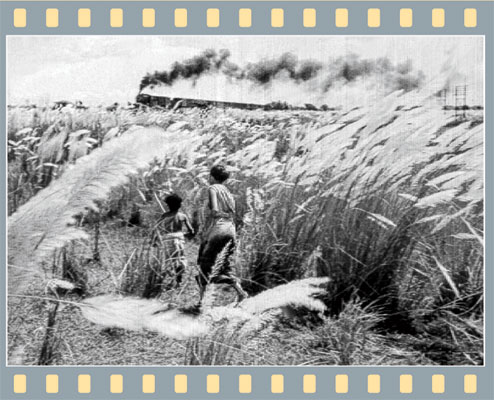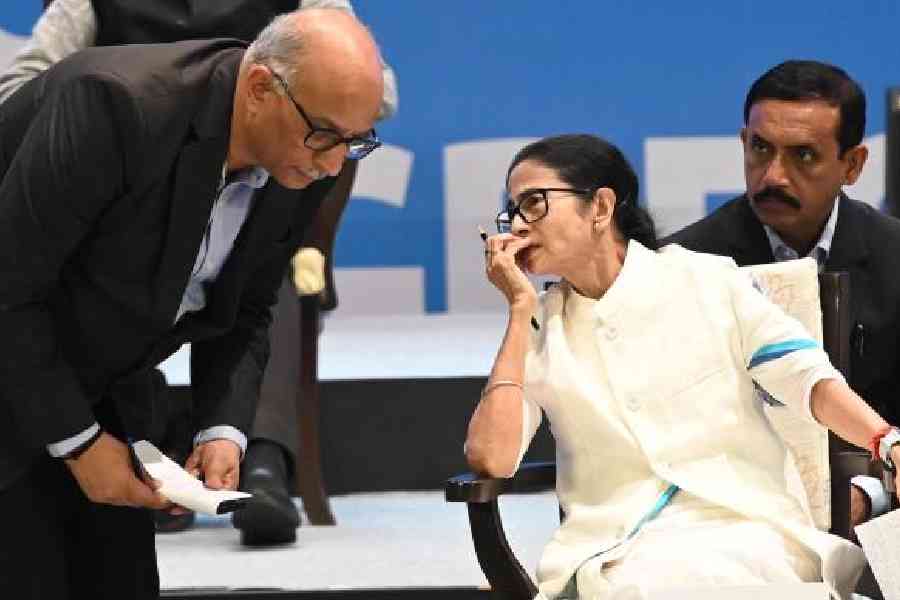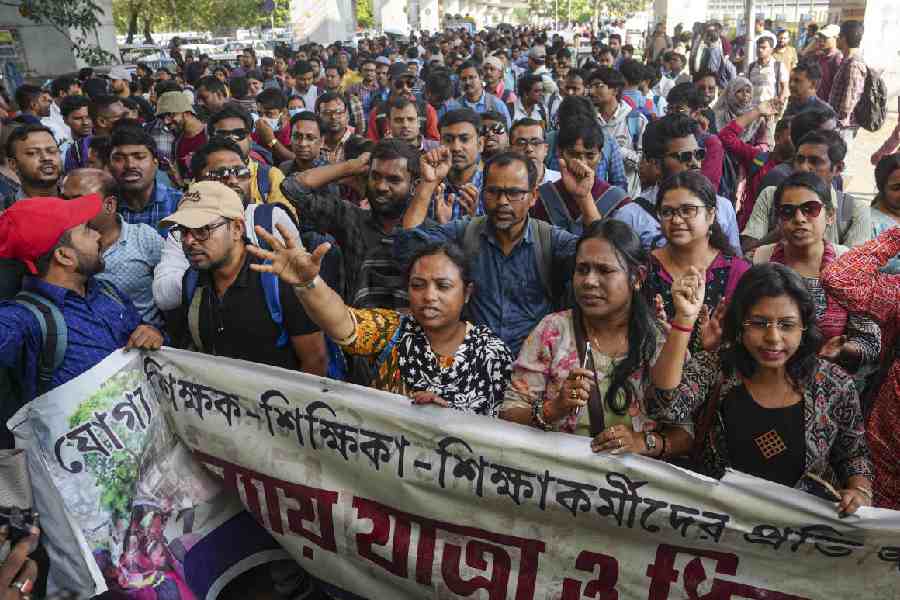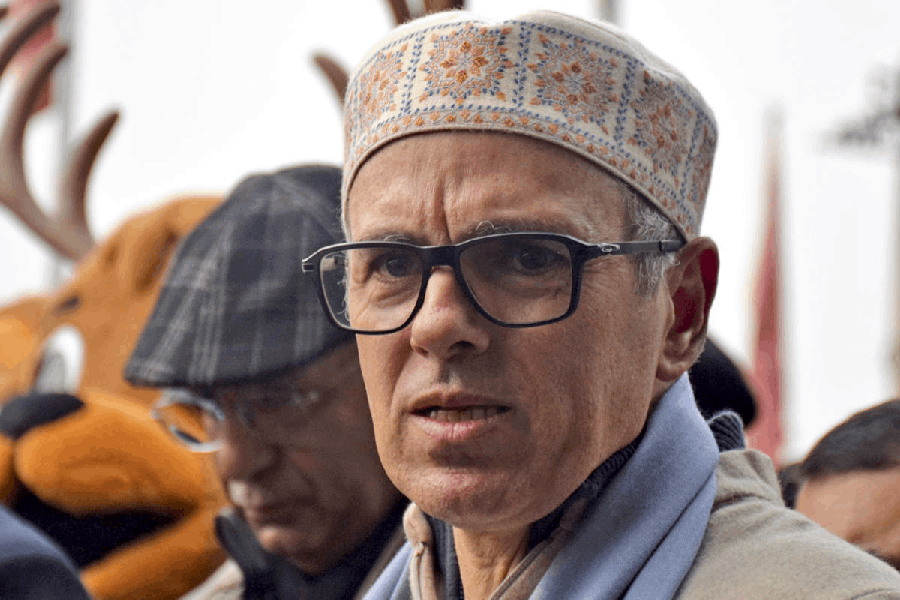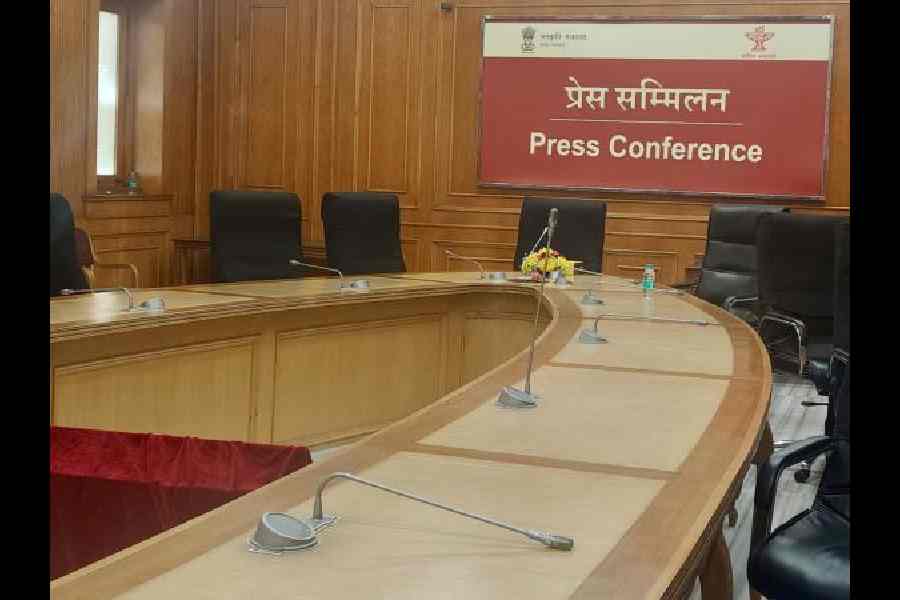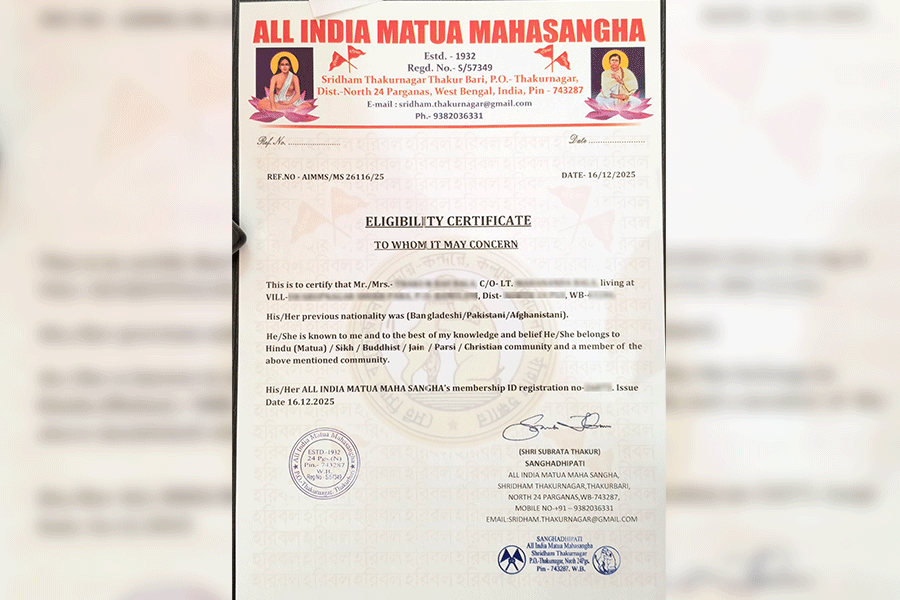• May 3, 1955: World premiere of Satyajit Ray's Pather Panchali, the first of The Apu Trilogy by the master, at the Museum of Modern Art (MOMA) in New York
• 1956: Aparajito, the second of the trilogy, releases
• 1959: Apur Sansar, the third in the series, releases
• 1993: Several of Ray's original negatives are shipped to Henderson's Film Laboratories in London, where a fire destroys 11 of the negatives, including those of The Apu Trilogy
• 2013: The Criterion Collection learns of the long forgotten negatives and begins work on restoring with the Academy Film Archive
• May 4, 2015: The Apu Trilogy returns to theatres in the US with a special screening of Pather Panchali at MOMA, with Wes Anderson and Coen Brothers in the audience


Apur Sansar

Almost six decades after The Apu Trilogy put Indian cinema on the world map, it has risen from the ashes and resumed yet another interesting journey.
"It was a momentous and moving experience. On May 3, 1955, Pather Panchali had had its world premiere at MOMA even before its release in Calcutta. It was hugely appreciated, which came as a surprise as the print was without subtitles. Exactly 60 years later, the film, whose negative was burnt in a fire and deemed unprintable, was screened at the same venue brimming with people. It was fantastic," said Ray's son Sandip, just back from New York.
"I was there with my wife. Shampa Banerjee, who had played Chhoto Durga (young Durga in Pather Panchali ), was present, too. She now lives in the US. It was very memorable," recounted Sandip.
The audience in the "packed hall" included Hollywood biggies Wes Anderson, Coen Brothers and Jim Jarmusch.
After the special screening, The Apu Trilogy returned to the theatres in the US with a grand opening at Film Forum in New York. There will be screenings across Los Angeles, Baltimore, Houston, Ohio and Massachusetts till September.
While sourcing material from Ray's films for the Academy Awards ceremony in 1992 - the year Ray had won an Oscar for Lifetime Achievement - telecast producers had been appalled by the poor condition of his film prints.
The revelation prompted The Academy of Motion Picture Arts and Sciences, which awards the Oscars, to undertake a project to restore many of Ray's films, including The Apu Trilogy.
Ray's original negatives were shipped to the Henderson's Film Laboratories in London the next year, shortly after Ray had passed away. But a massive fire at the facility destroyed the original negatives of more than 25 British classics as well as several of Ray films.
Ashes, fragments or film cans identified as that of Ray's films were sent to the Academy Film Archive. But since no technologies were available at the time that could restore badly damaged film elements, the negatives of the trilogy - Pather Panchali , Aparajito, and Apur Sansar - were deemed unprintable and unusable.
Twenty years later, in 2013, the Criterion Collection started working on the restoration with the Academy Film Archive. The experts concluded that the portions of the nagatives that survived could be salvaged and used for producing high-quality images.
Since no commercial laboratory agreed to handle this material, one of the world's premier restoration facilities, L'Immagine Ritrovata in Bologna, Italy, was entrusted with the restoration work. Technicians spent nearly a thousand hours in meticulous hand labour, reconstructing sprocket holes and splices and removing glue, tape and wax by using a special solution made of glycerol, acetone and water. The film was rehydrated, repaired and scanned in 4K resolution.
Using fine-grain masters and duplicate negatives preserved by Janus Films, the Academy, the Harvard Film Archive and the British Film Institute, technicians found replacements for the missing sections of the original negatives. In the end, 40 per cent of Pather Panchali and over 60 per cent of Aparajito were restored directly from the original negatives. The two surviving reels of Apur Sansar were too damaged to be used, so the film was restored from a duplicate negative.
A preview of the trailer on the restoration available online reveals how the film has been restored to crisp images from the dark and grainy ones seen in the versions available in the market.
"It has been a sparkling restoration. They've fine-tuned the films in a way that makes the images brighter and sharper. Previously, it used to have minor shakes, scratches and pinhole spots, which have all been fixed. The images are a lot more steady with lovely contrast levels. Night scenes are looking nice," said Sandip, looking forward to a November release of the digitally restored version of The Apu Trilogy in the DVD format.
"Before that I wish we could arrange for a screening in Calcutta."

